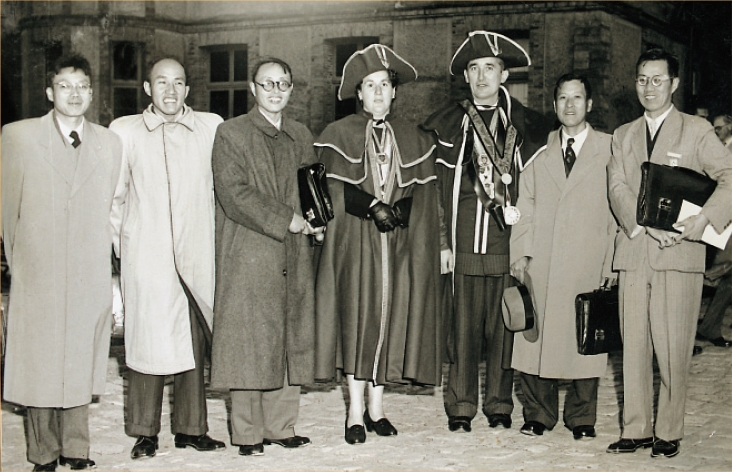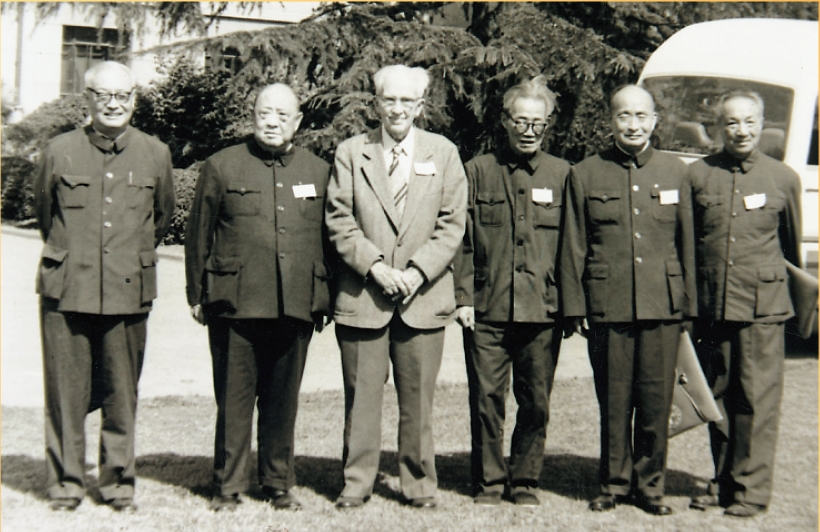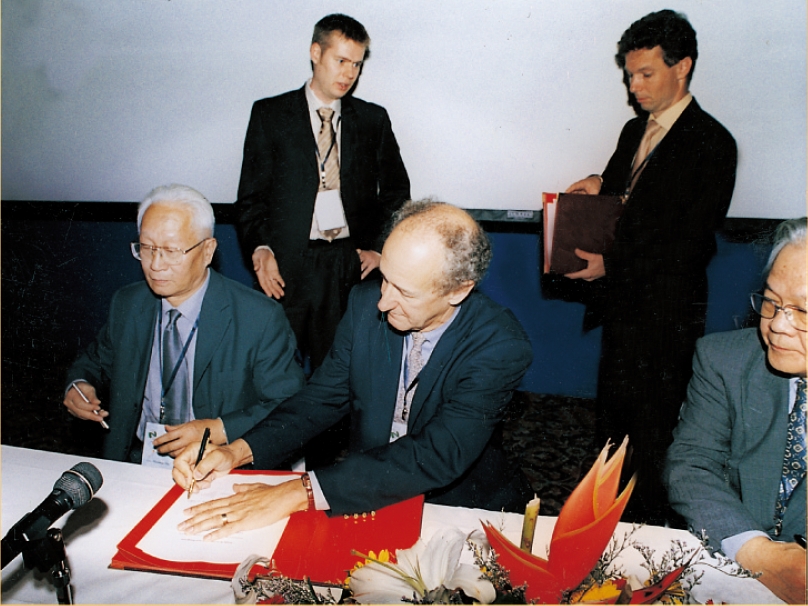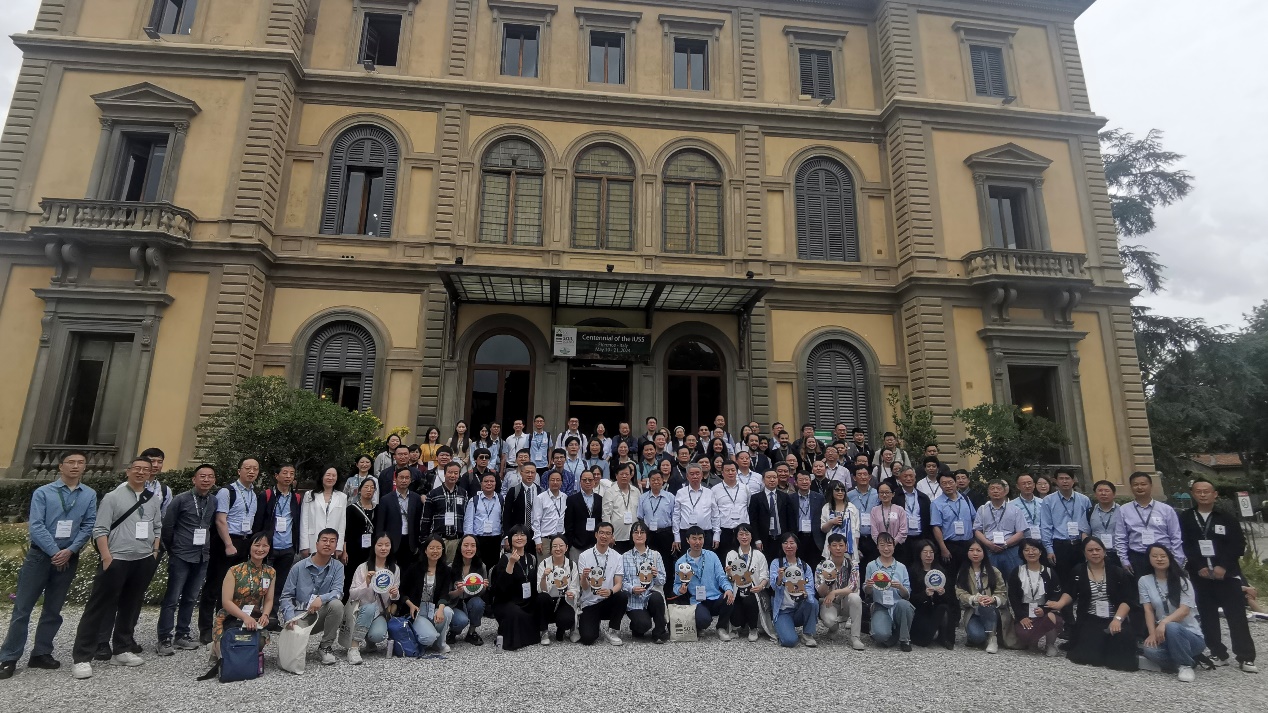The roots of soil science in China trace back to the early 20th century, blending Western academic influences with centuries-old agricultural wisdom. Pioneers like Deng Zhiyi ignited Chinese Soil Science by founding the Guangdong Soil Survey Institute in 1922, where he orchestrated the first large-scale soil survey in South China and devised China's earliest soil classification system. Meanwhile, Hou Guangjiong revolutionized soil geography with his groundbreaking "Bio-thermodynamic Theory of Soil Fertility," which linked soil productivity to biological and thermal dynamics, culminating in the creation of China's first comprehensive soil map. Deng Zhiyi and Hou Guangjiong are two of the three scholars (Zhang Naifeng) as Chinese firstly attending World Congress of Soil Sciences (The 3rd). By the 1930s, institutions like the Soil Research Office under the Central Geological Survey became hubs for national soil exploration, led by visionaries such as Xiong Yi and Li Qingkui, whose fieldwork laid the groundwork for modern soil studies.

Chinese participants during the 6th WCSS in 1956 in Paris (from left to right: Chen Huakui, Zhu Kexian and Huang Ruicai; from right to left: Hou Guangjiong and Ma Rongzhi)
Following the founding of the People's Republic of China in 1949, soil science thrived as a pillar of agricultural modernization. Li Qingkui, a trailblazer in soil chemistry, transformed farming practices by advocating strategic phosphate fertilization to revitalize nutrient-depleted red soils. Simultaneously, Xiong Yi's team tackled saline-alkali land degradation with their ingenious "well irrigation and drainage" technique, turning barren fields into fertile croplands. The era also saw the rise of soil conservation giants like Zhu Xianmo, whose "soil reservoir" theory guided watershed management in the Loess Plateau, and Ma Rongzhi, co-author of China's seminal soil treatise The Soils of China (1978). These efforts fused scientific rigor with practical solutions, fueling the nation's food security.

Soil Scientists during the International Symposium on Paddy Soils in October 1980 in Nanjing (from left to right: Li Lianjie, Xiong Yi, James Thorp, Hou Guangjiong, Chen Enfeng and Li Qingkui)
The reform and opening-up era commencing in 1978 ushered in a golden age of soil science innovation, driven by imperatives such as food security, environmental challenges, and global collaboration. Research revealing the evolution patterns of fertility in China's major cropland soils and the establishment of a soil quality evaluation index system have provided a scientific foundation for conserving cultivated land and enhancing soil productivity, underpinning the national food security. The pioneering "Lishu Model" in Northeast China, utilizing technologies like straw mulching and no-till farming, has curbed black soil erosion and increased organic matter content, becoming a core pillar of the national black soil conservation. The analysis of nitrogen transformation processes in paddy soils and the development of effective nitrogen management technology have significantly reduced nitrogen fertilizer losses and environmental pollution, achieving remarkable results in their widespread application across the rice-growing regions of the middle and lower reaches of the Yangtze River. The development of remediation technologies such as chemical passivation and phytoextraction, applied to contaminated farmland in mining areas of Hunan, Guangxi, and elsewhere, has effectively supported the safe utilization of heavy metal-polluted cropland. The formulation of Chinese Soil Taxonomy integrated indigenous knowledge with international standards, bridging China and the world.

Signing ceremony of "Nanjing Declaration on Nitrogen Management" during the Third International Nitrogen Conference in October 2004 in Nanjing
Looking ahead, Chinese soil science is poised to tackle 21st-century grand challenges. Researchers are decoding soil microbiomes to unlock carbon sequestration secrets, critical for achieving carbon neutrality. AI-powered soil health platforms and predictive models aim to outsmart climate extremes, while urban soil ecosystems gain attention as linchpins of sustainable cities. Cross-disciplinary frontiers like the Soil-Plant-Atmosphere Continuum (SPAC) modeling promise holistic insights into Earth systems. Globally, China is stepping up as a leader—spearheading Belt and Road soil partnerships and crafting biodiversity standards—proving that soil science isn't just about dirt; it's about shaping a resilient future.

Chinese participants during the IUSS Centennial Celebration and Congress in May 2024 in Florence, Italy
From Deng Zhiyi's early surveys to today's high-tech soil labs, China's journey reflects a dynamic blend of tradition and innovation. As the field evolves, its mission remains clear: nurturing healthy soils to sustain both people and the planet, one groundbreaking discovery at a time.